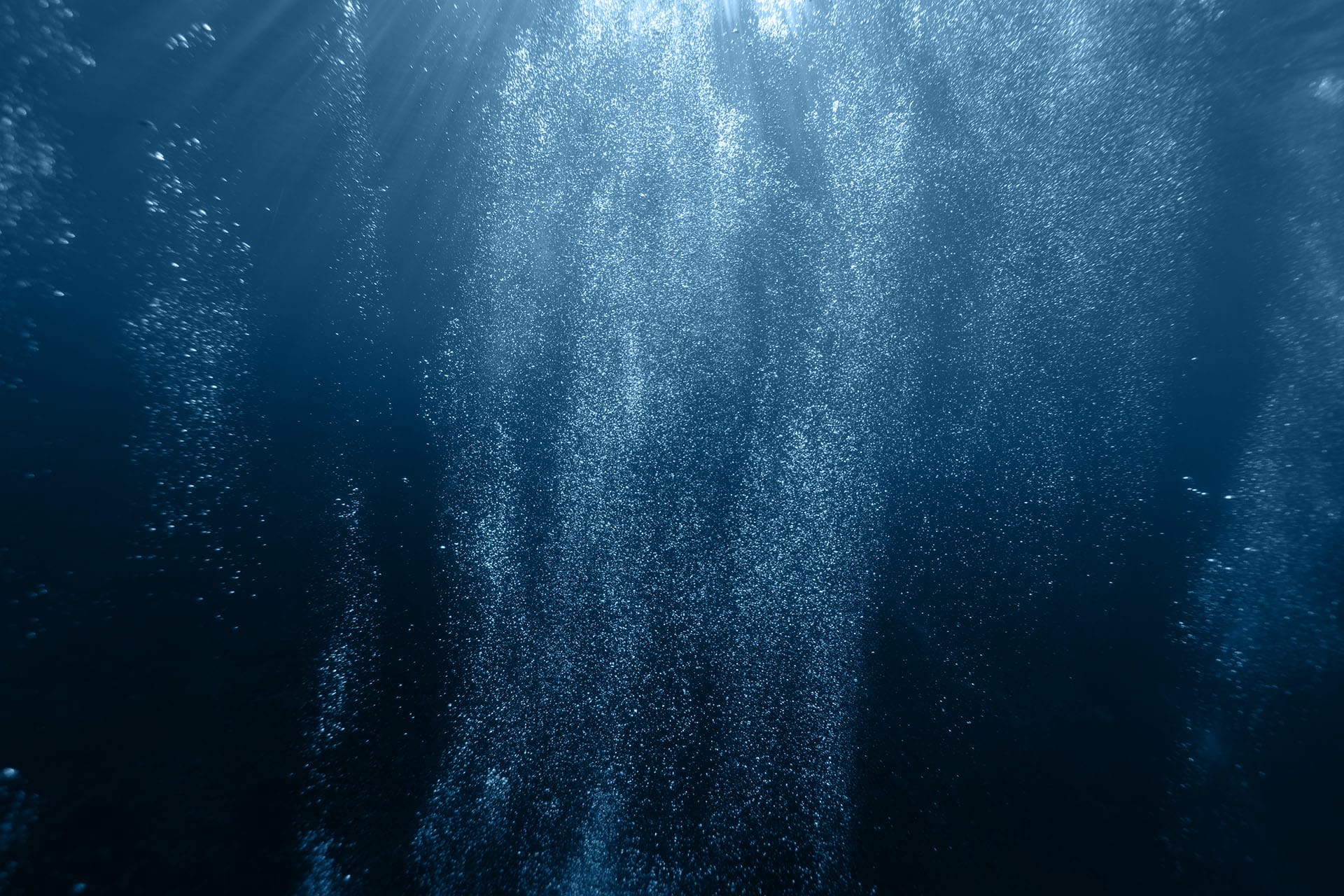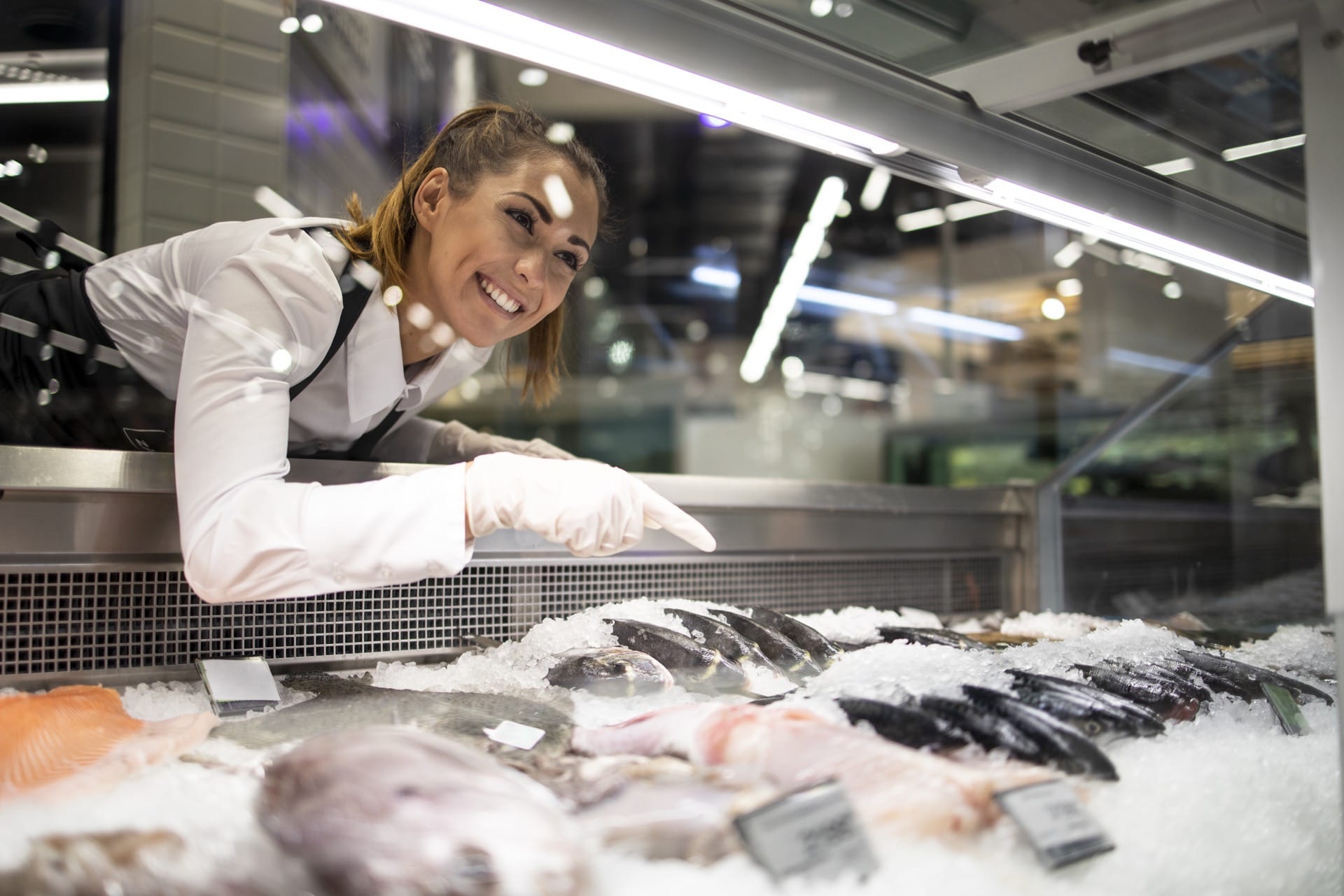
Supporting Sustainable Seafood: Where Do I Start?
Unsure where to start with buying and cooking healthy, quality and sustainable Canadian seafood? Our Seafood, A Sustainable Superfood guide can help!
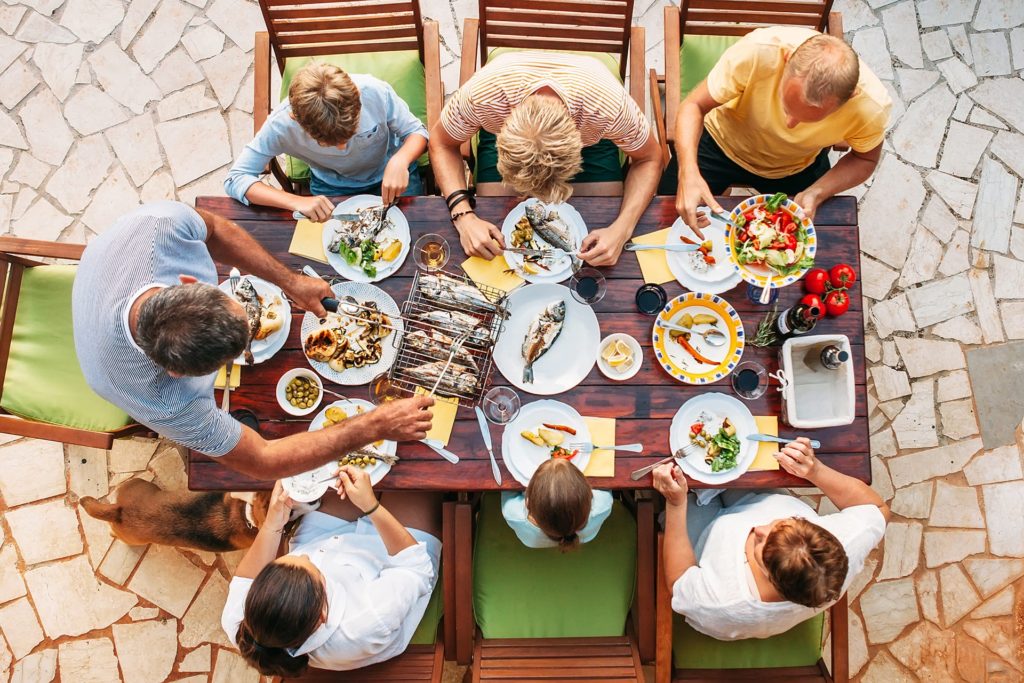
Seafood is a Superfood!
When it comes to proteins, seafood is among the best. Whether you choose lobster, salmon, haddock, crab, shrimp or any of the dozens of other Canadian fish and seafood products available, you can’t go wrong. Ocean-based proteins are among the most sustainable, lowest-carbon and healthy options available.

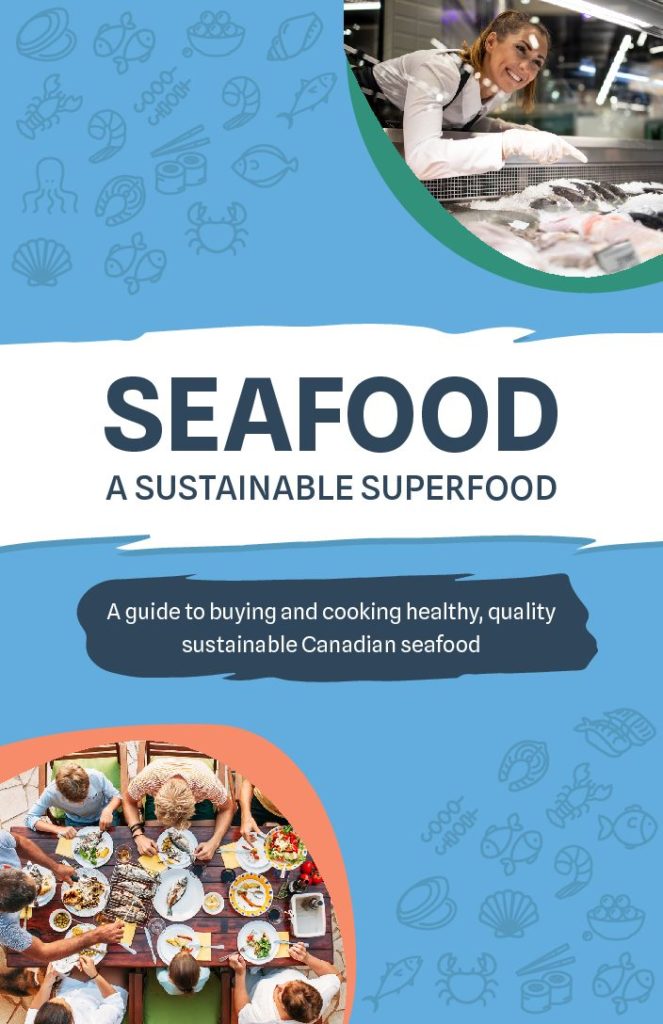
RESOURCE HIGHLIGHT
Seafood: A Sustainable Superfood
Download our guide to buying and cooking healthy, quality sustainable Canadian seafood, or scroll to learn more!
How and where to buy Canadian seafood
Seafood is one of the most diverse categories you can find in restaurants and retailers. With so many species, forms, products and labels, how do you know where to start? Luckily, it’s easy to find safe, healthy and sustainable Canadian seafood in most regions of the world – you just have to know what to look for.
Shopping for Sustainability? Seafood is Safe.
Canada has one of the best food safety and ethics systems in the world. The Canadian Food Inspection Agency (CFIA) has rigorous standards in place to make sure that all seafood sold in stores and restaurants is safe and healthy. And across the board, you can feel good about the sustainability of Canadian seafood. Fisheries and Oceans Canada, the government body that manages seafood sustainability, reports that 94% of fisheries in Canada are harvested at sustainable levels.
Sustainability Certifications
Sustainability certifications let consumers know that the product they are buying has been reviewed by a third-party organization against rigorous sustainability markers. In Canada, the majority of wild-capture seafood holds a sustainability certification from a third-party. Certification provides the highest level of assurance that a product is verified to be sustainable, responsible and harvested legally.
In Canada, you can look for the following labels:
Wild
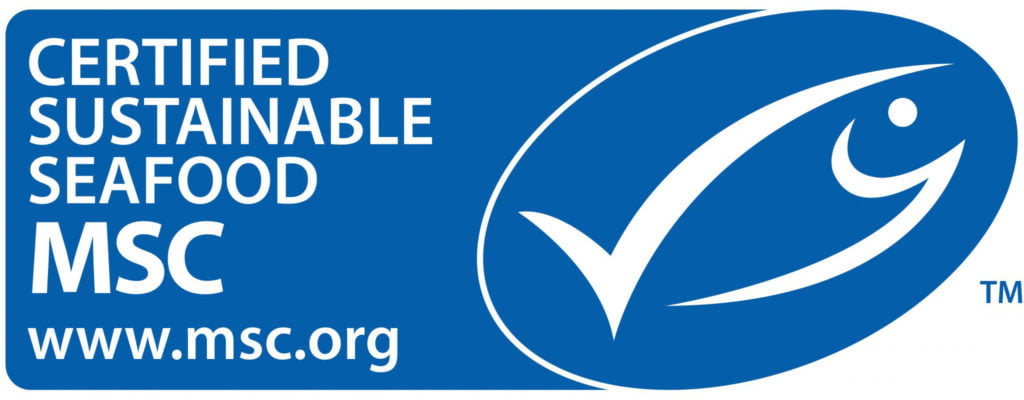
FARMED
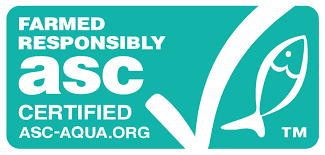
FARMED
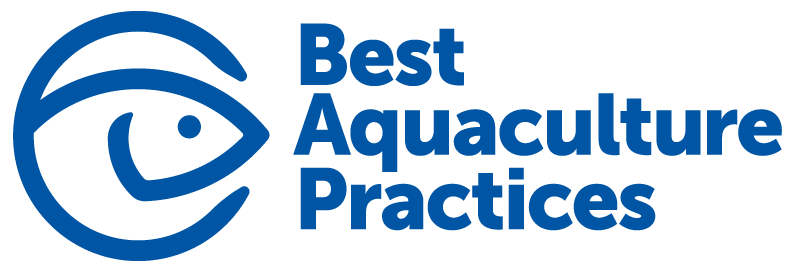
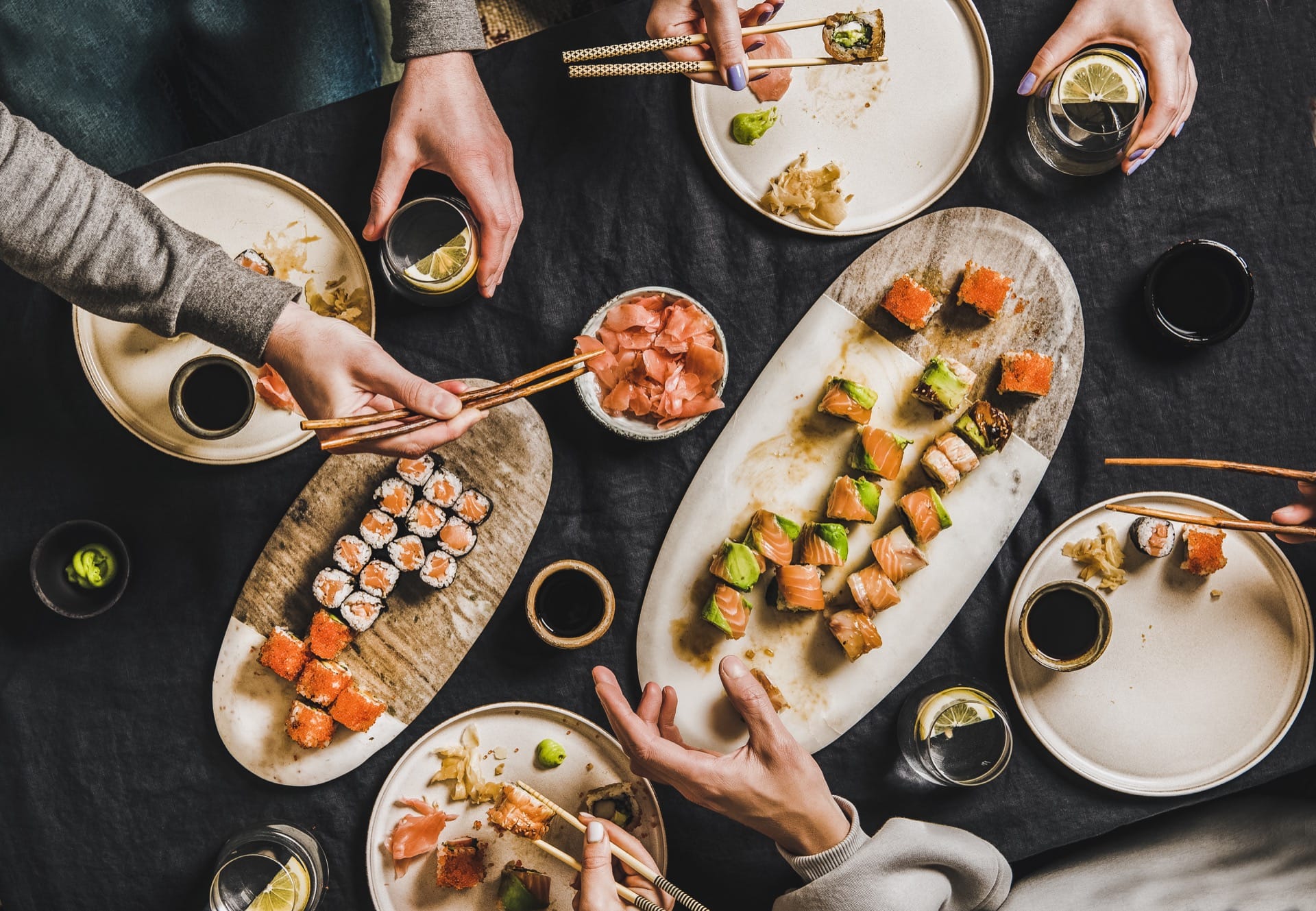
Know your labels
Labelling requirements for seafood are different for different products, and a complex supply chain of harvesting, processing and packaging means we have different terms to mean different things.
Country of Origin: When noted on imported prepackaged fish, the country of origin is the country where the last substantial transformation occurred. This could mean processing (like breaking down a whole fish into fillets) or packaging occurred in a different country, but the product is still Canadian fish.
Made in Canada: Can be noted on a food product when the last substantial transformation, like processing (eg: breaking down a whole fish into fillets) or packaging, of the product occurred in Canada, even if some ingredients are from other countries.
Product of Canada: Noted when all or virtually all major ingredients, processing, and labour used to make the food product are Canadian. This means that all the significant ingredients in a food product are Canadian in origin and that non-Canadian material is negligible.
Labelling requirements are different for packaged products versus what you might find at a retailer or restaurant. Ask your retailer or restaurant what kind of fish they’re serving and where it was harvested.
Species and common names
Canada’s three oceans and plethora of lakes produce a wealth of seafood products that are exported to 130 countries around the world. If you’re looking for Canadian seafood in Canada, keep your eye out for these most-common products:
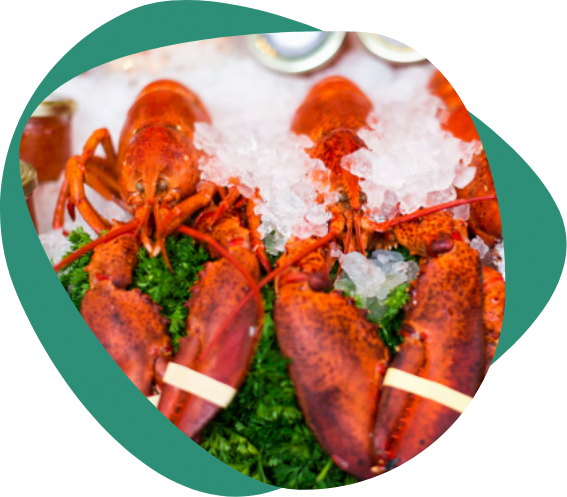
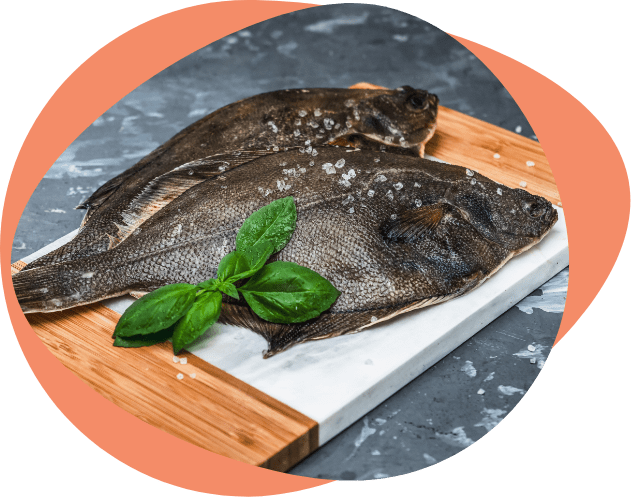


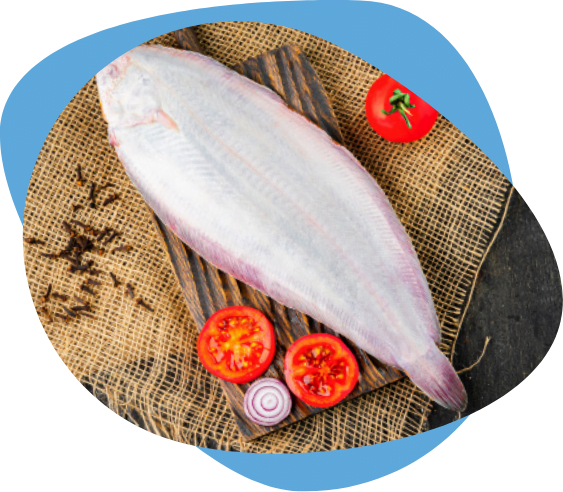

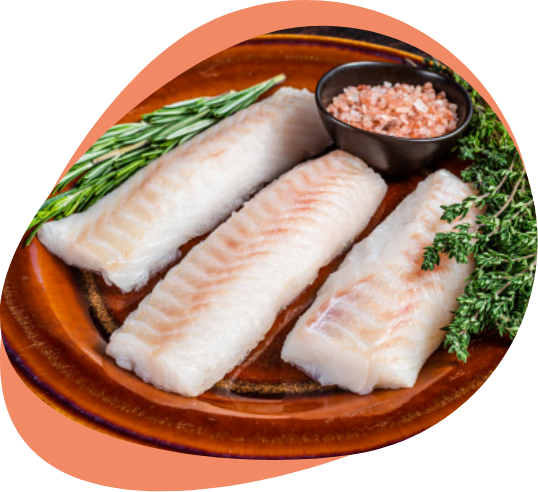
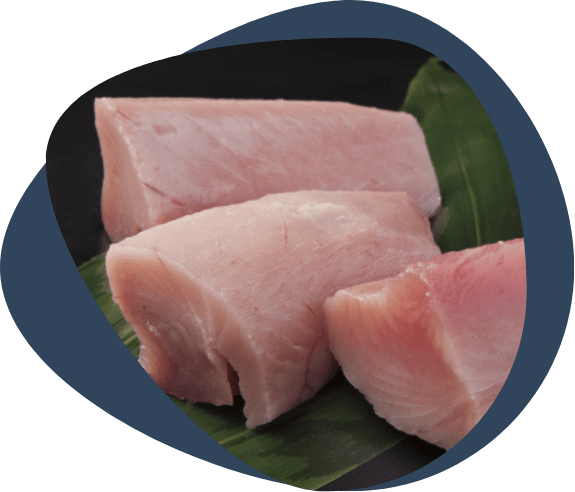
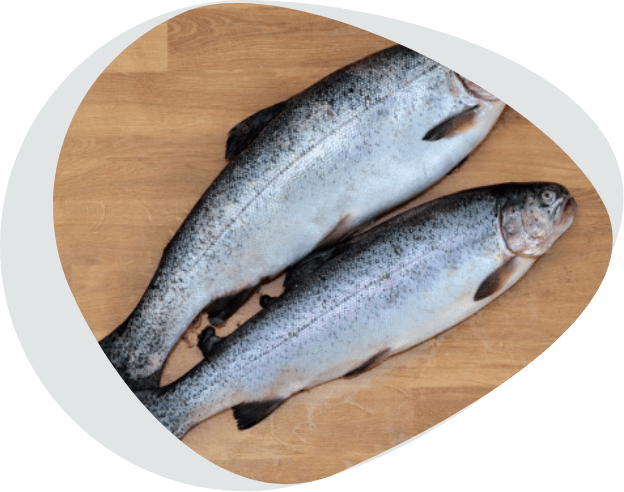
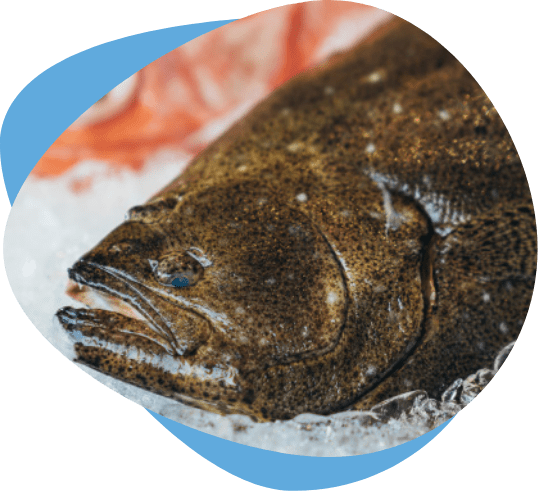
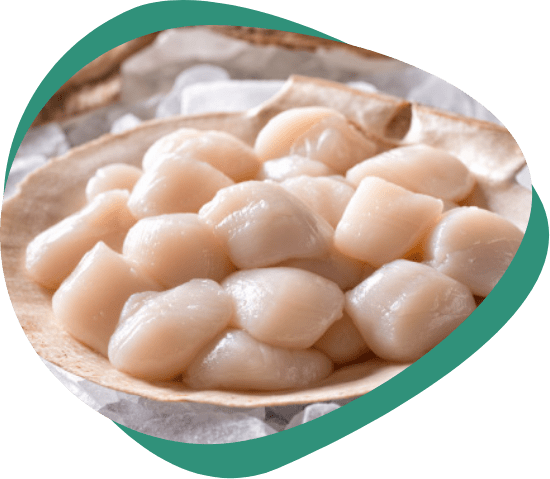
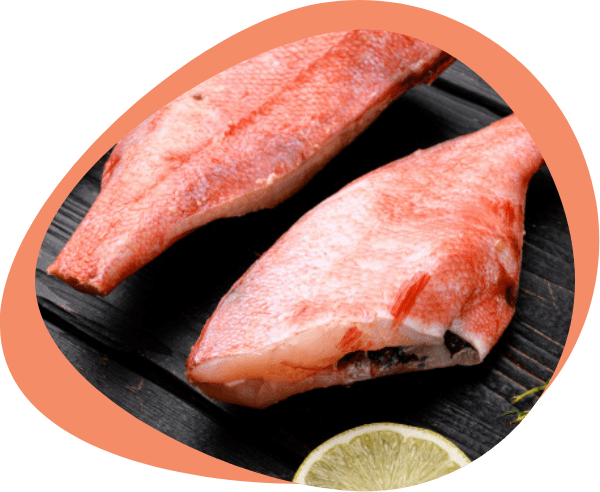
Quality and freshness
Knowing what to look for when buying seafood can guarantee you get the best product.
Live
If you’re looking to buy live product, like lobster or crabs, look for the following indicators of freshness:
- Shells should be clean and free of mud or debris
- The tank should be clean and clear
- The eyes should be bright and clear
- Keep refrigerated or on ice, use as soon as possible
Fresh
- If possible, get cuts from a whole fish
- Whole fish and fillets should be displayed on ice
- Eyes should be bright and clear
- Fillets should be moist and lie flat with no curling or dried edges
- Flesh should not have dark spots or gaping
- Smell should be fresh and like the ocean, not fishy
Frozen
Frozen seafood is usually flash-frozen, sometimes right on the boat! This seals in freshness and nutrients, making it a great, convenient option. Keep frozen unless package specifies otherwise. Prepare according to package instructions.
Shelf-Stable
Shelf-stable seafood products, like canned salmon, tuna, sardines, or a variety of shellfish, are among the most affordable ways to get quality protein. Look for Country of Origin and sustainability certification labels, and make sure none of the cans are dented or warped.
Getting your money’s worth
With so many seafood products available, in so many convenient formats, there is a seafood option for every budget. But, it can be hard to know how much seafood you need to buy, so what is a portion of seafood?
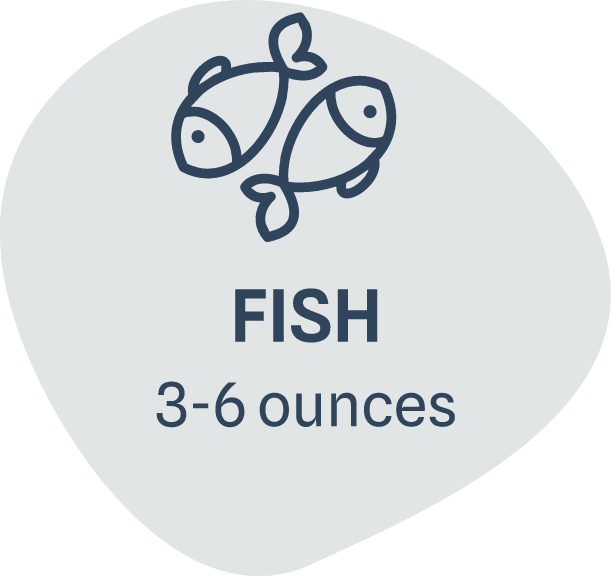
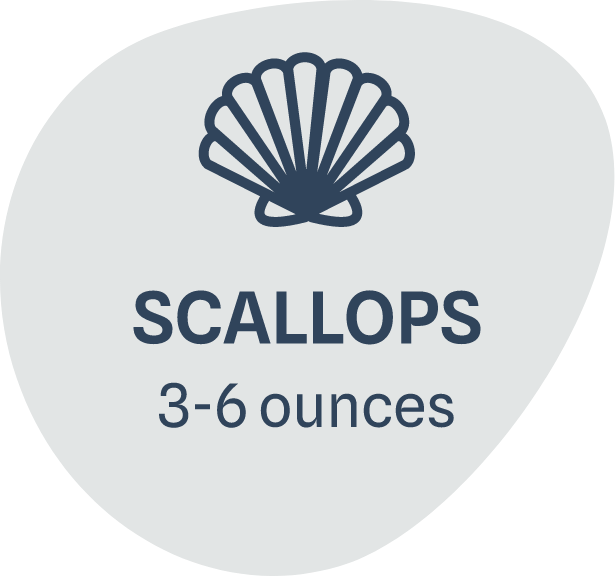
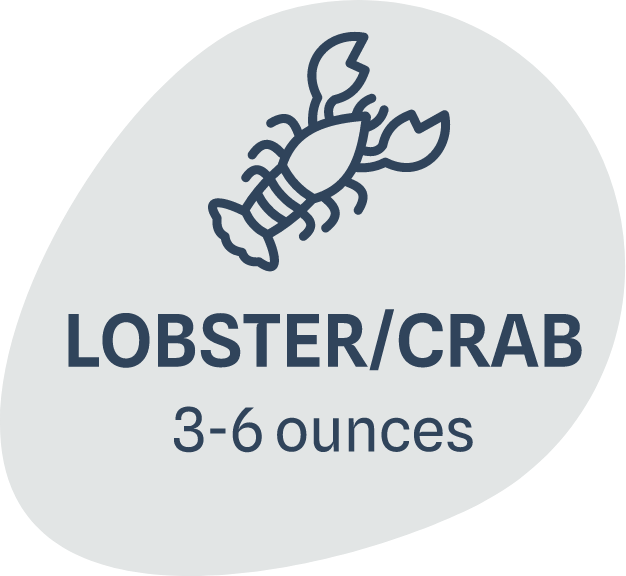
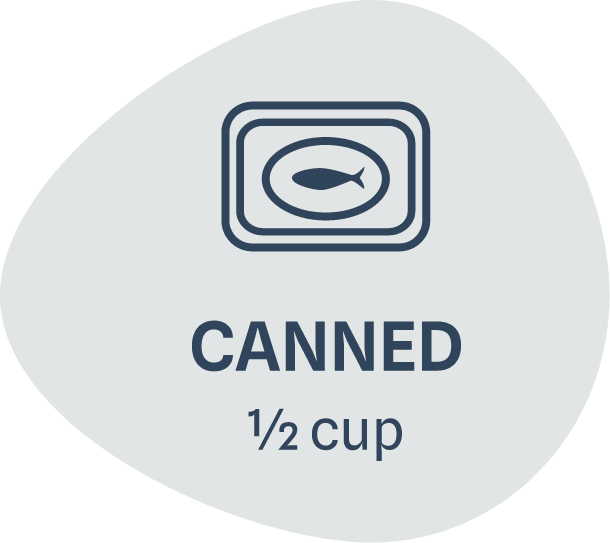

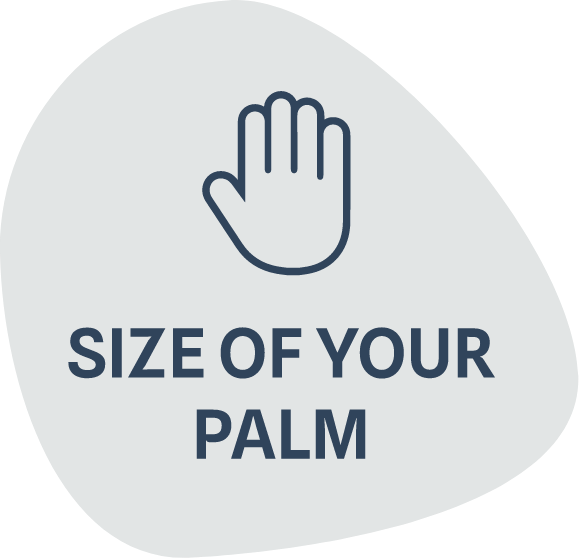
Easy, fast, affordable, tasty
Adding more seafood into your diet is a great way to make healthy choices and support sustainable food production. Experiment with live, fresh, frozen and shelf-stable products to make easy, fast, affordable and tasty meals that fit into your life.
Canadian seafood chef Charlotte Langley has created three delicious recipes to get you started.
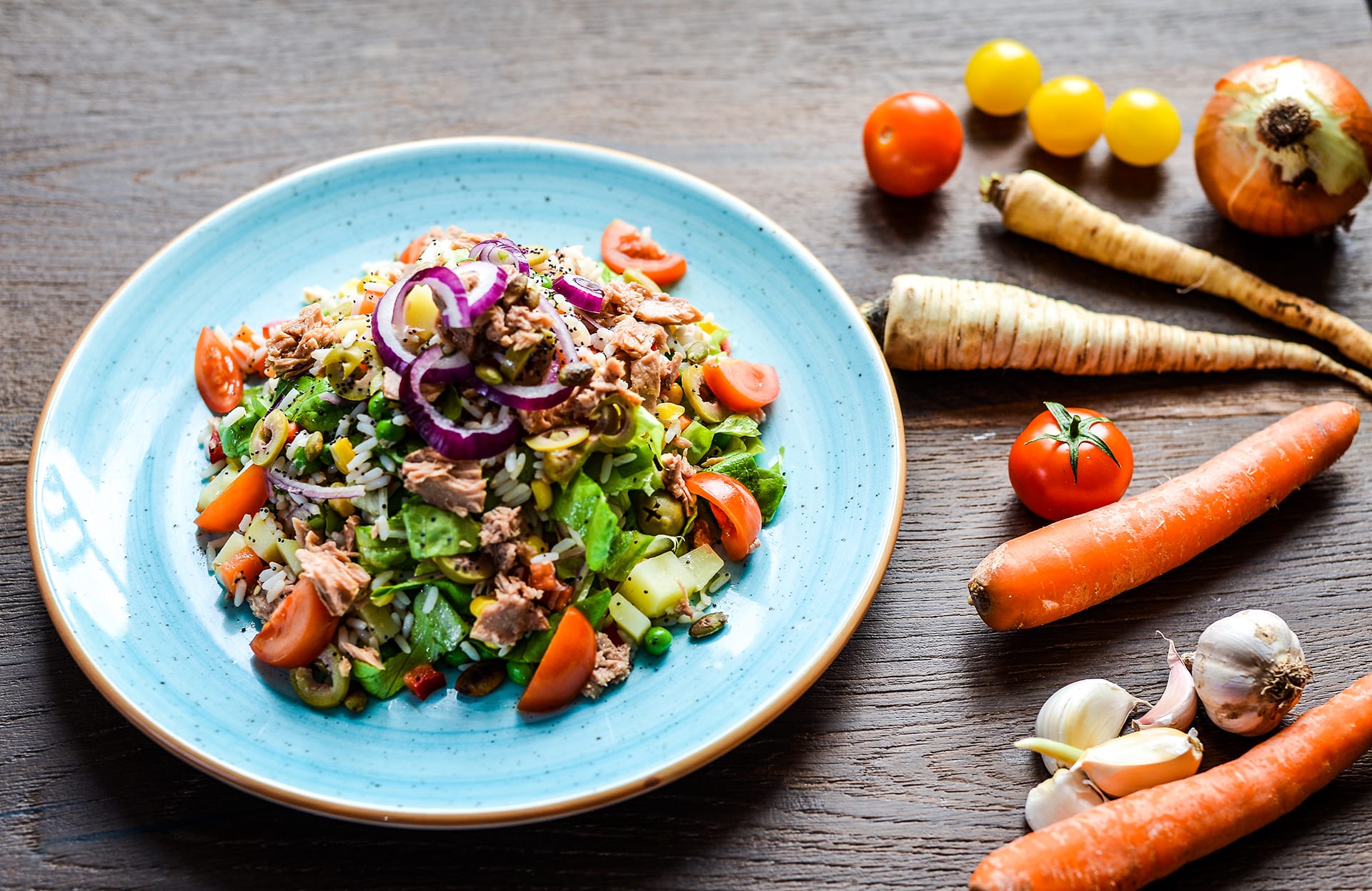
For more information and recipes, download the guide!

RESOURCE HIGHLIGHT
Seafood: A Sustainable Superfood
Download our guide to buying and cooking healthy, quality sustainable Canadian seafood, or scroll to learn more!

